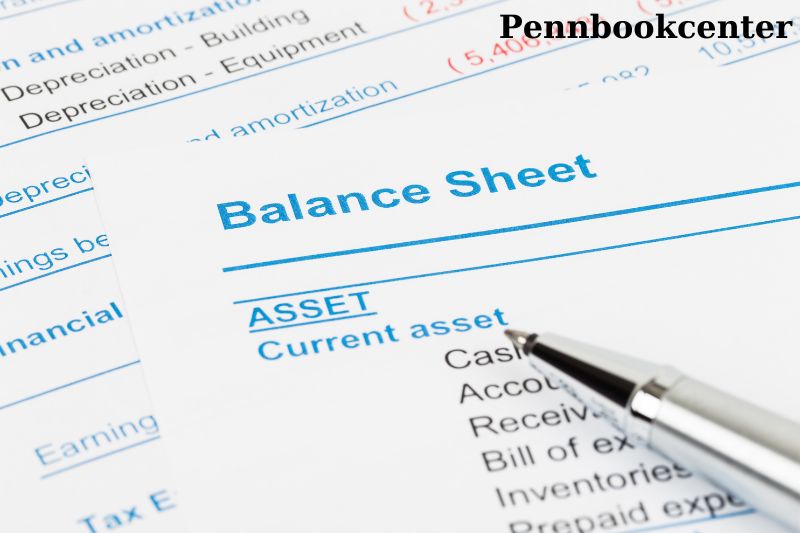Do you know exactly what types of liabilities affect your financial life or business health?
From short-term obligations like wages and bills to long-term debts such as bonds and deferred taxes, liabilities play a crucial role in how assets are managed and equity is calculated.
Whether you’re building financial literacy or analyzing company reports, this breakdown gives you clarity on how liabilities really work—and why they matter.
What Are the Different Types of Liabilities?

In financial terms, liabilities are anything that you owe—whether it’s money, goods, or services. They can range from formal obligations like bonds to informal promises like paying your utility bills.
They’re categorized based on when they’re due.
At their core, assets minus liabilities equals owner’s equity, revealing the foundational truth behind every business’s financial snapshot. As you read a balance sheet, you’ll notice that liabilities are placed on the right side, clearly opposed to assets, reinforcing the dual structure of financial accounting.
Current Liabilities: Short-Term Financial Responsibilities
Current liabilities refer to financial obligations that a company must settle within 12 months. They’re usually funded by current assets, like cash or accounts receivable.
These short-term responsibilities often indicate a company’s liquidity and operational health.
Common types include:
- Accounts payable, where businesses owe for products or services already received but not yet paid for.
- Wages payable, which represents the total income earned by employees but not yet disbursed—this value changes frequently, especially in companies that pay biweekly.
- Interest payable, often stemming from short-term credit usage.
- Dividends payable, reflecting declared but unpaid shareholder distributions.
- Unearned revenues, where companies have received payment but still owe a service or product.
Take dividends payable as an example. Although it’s listed as an expense, it contributes to current liabilities once declared but unpaid, influencing the company’s short-term financial obligations.
Even more interesting is how deferred credits are handled. While they technically represent revenue, they’re not yet earned and are treated as liabilities—highlighting how deferred credits represent unearned income rather than active earnings.
Long-Term Liabilities: Obligations Beyond One Year
Unlike their short-term counterparts, long-term liabilities are due in more than 12 months. These often involve strategic growth decisions—such as taking on debt to expand operations or build infrastructure.
Examples include:
- Bonds payable, where companies issue bonds in exchange for capital, essentially borrowing from investors.
- Mortgages, typically payable over extended periods like 15 or 30 years. While the overall mortgage is long-term, the portion due within the year is reported as a current liability.
- Deferred tax liabilities, which are postponed tax obligations stemming from timing differences in accounting methods.
- Post-employment benefits, such as pensions and healthcare coverage for retirees—liabilities that accumulate over time.
- Warranty liabilities, particularly in manufacturing sectors, reflect estimated future repair or replacement costs for sold products.
For instance, in the automotive industry, warranty liability is estimated based on the expected duration and cost of potential repairs. This estimation must be conservative enough to reflect real obligations without overinflating future expenses.
Special Liability Categories: Contingent, Legal, and Deferred
Some liabilities aren’t clear-cut. Contingent liabilities, for example, only materialize based on the outcome of future events—like lawsuits, product recalls, or environmental fines. A company might carry no active obligation today, but the potential for financial risk remains.
Similarly, legal liabilities arise from existing or potential litigation. Many companies carry liability insurance to mitigate the financial blow if a customer or employee brings a lawsuit.
On another front, deferred credits illustrate a more technical side of liabilities. These often involve customer advances or prepayments and must be accurately timed for revenue recognition. Only once the service is rendered does the company reduce the liability and record it as revenue.
These cases show how deferred revenue is collected before being earned, and that liabilities may depend on future outcomes, such as a court ruling or a service delivery.
How Liabilities Appear on the Balance Sheet

You’ll find liabilities recorded on the right side of the balance sheet, clearly separated into current and non-current categories. This format provides an immediate understanding of what the company owes now versus in the future.
Here’s where accounting logic shines: every financial decision fits into the equation assets = liabilities + equity. In other words, liabilities contribute to financial structure, just like assets do.
This alignment supports semantic interoperability, ensuring that any analyst or reader understands a company’s financial health regardless of their background or tools used.
Common Examples of Liabilities in Real-Life Contexts
Let’s bring this closer to home.
When a restaurant owes its wine supplier for a recent delivery, that unpaid invoice is considered a liability on the restaurant’s books. Meanwhile, the wine supplier treats that same amount as an asset.
Similarly, your monthly mortgage includes both a short-term and long-term component. The portion due this year is a current liability, while the remainder is long-term.
Even massive companies like AT&T manage multiple liabilities. In 2020, the company listed bank debt maturing in under a year as a short-term liability, used for operational liquidity. This shows how even large corporations rely on liability structuring to maintain flexibility.
Understanding the Impact of Liabilities on Financial Health
Liabilities aren’t inherently harmful. In fact, they’re essential for growth. However, when liabilities outpace assets or are poorly managed, they can signal trouble.
Well-managed liabilities help businesses:
- Fund expansions without draining reserves
- Balance operational costs
- Spread out tax burdens through deferred liabilities
- Prepare for post-employment responsibilities over time
Poor management, on the other hand, may lead to liquidity issues or credit downgrades.
This is why liabilities affect financial stability and cash flow, and why liabilities determine the balance between what you owe and what you own.
Conclusion
PBC invites you to reflect on your own financial landscape through the lens of liabilities. Leave a comment, share your thoughts, or dive deeper at Pennbookcenter.com.




